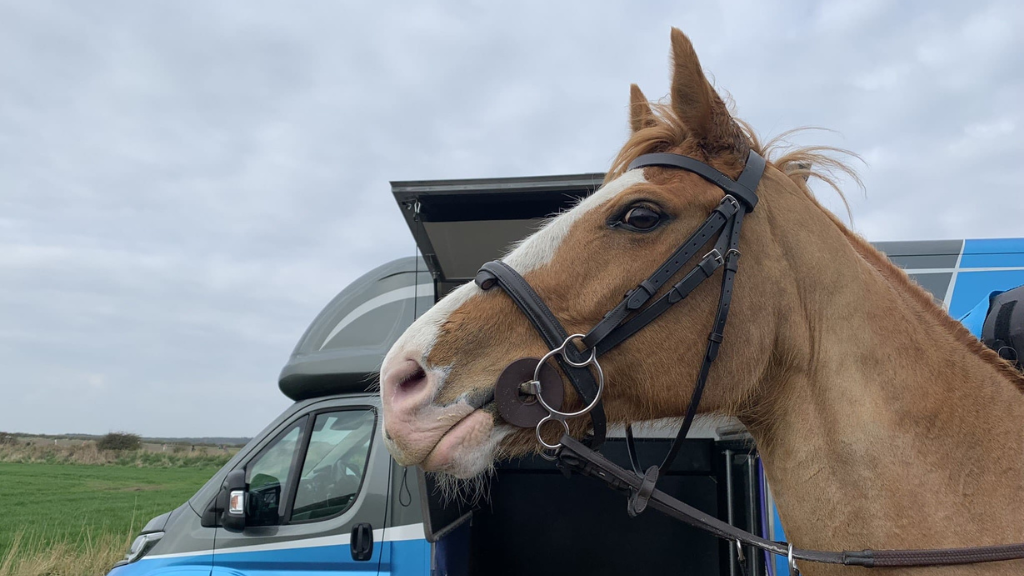KPH Safety First
As a forward-thinking company, we continually strive to manufacture quality horseboxes that are safer, reduce stress and have increased durability.
The KPH innovative safety designs have many years of research and development behind them.
Over the next few months, we will post some of our research topics including insights, and considerations that we use to design safer horseboxes
Hopefully, these topics will be something horse owners will find insightful and interesting.
2. Horse’s Hearing
Our second topic deals with how sound influences horses. Its probably up there with sight as an ingrained survival instinct. Being prey animals, their instinctual response to an unidentified noise is flight first.
Our Research Findings
We can spot some of the signs if we take note of the horses’ ears. They will show where their attention is directed, ear swivel toward something is a movement called the Pryer Reflex and is for tuning in to possible threats. Their instincts will assume that unexpected noises are a predator and a threat, so they will flee first and check later. A horse will hear a sound, quite possibly not detected by a human in the vicinity and depending on the perceived threat level and its temperament, may freeze to remove its own noise, then spin and flee from the sound source.
From studies, we know humans hear in a range up to 20 kHz and horses are far higher at over 33 kHz. We also know horses have the ability to pick up sound at a lower volume and greater distance.
Constant background sound can also stress horses over time!
Designing the horse area in our horseboxes
Designing the whole horsebox with all this in mind is a complicated process, as it literally impacts every aspect of manufacturing process, not just the horse area. Taking all our research into account, we started again from the ground up and introduced the latest glues and body tapes to our horseboxes. This enabled us to remove up to 40% of sound and vibration from the structure of our build.
Fortunately, the Coat-X Polyurea protective coating we use for the horse area floors, walls, ramps and paddings is an excellent sound proofer and another reason that our horse areas are so quiet.
Gates and horse partitions are notoriously noisy, and we have redesigned these with tighter tolerances and extra thick Coat-X protected paddings.
One of the worst offenders we found were the fasteners for gates and horse partitions and this is a commonplace source of noise throughout the industry. They cause a myriad of unpredictable noises. We have invested a great deal of research and development on this problem alone and the results do speak for themselves.
We found that on horseboxes with extraction fans, the initial startup sound was one of the loudest and most sudden sources of noise. Again, we utilised the sound deadening properties of our Coat-X protective paddings and placed these on the ceiling between the extraction fans and horses head (ears). Where this was not possible, we moved the extraction away from the horses and on the Helios 75 models, we even relocated the extraction into blanket lockers.
Wheel arches are another source of noise, and we insulate these against sound too.
Unaswered Questions…
- How much sound transfers through windows and vents?
- Do passing cars or motorbikes cause reactions?
- Could passengers watching the horse area cameras pick up on ear and head movement in time to distract or direct attention elsewhere, perhaps with a vocal cues?
- How else can we distract a horse whilst in transit?
- Are there sounds we do not hear that constantly irritate horses in transit?
- Would music have a beneficial effect by masking other sounds?
These questions are hard to judge without first hand observation.
We would be very interested to hear if you have some insight on this topic?

